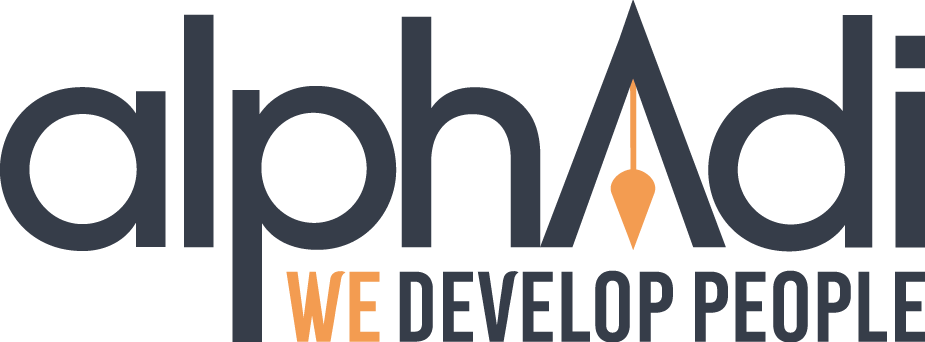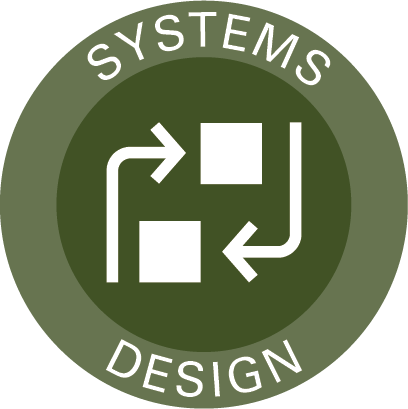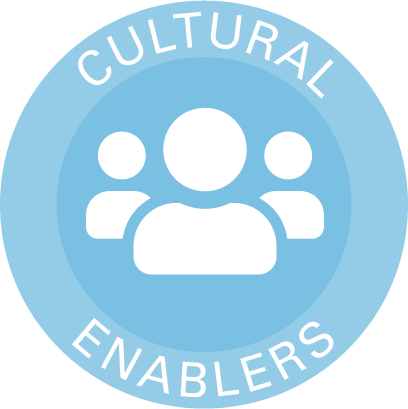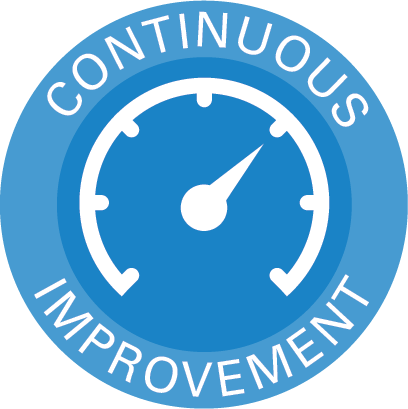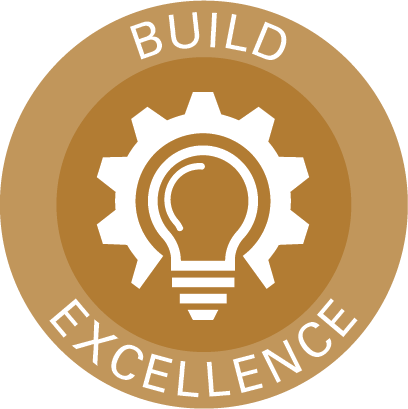Monte Carlo simulation
Quick Info
Der Begriff Shopfloor Management steht für: „Führen am Ort der Wertschöpfung“. Die Idee ist, das Management näher zu den Mitarbeitern zu bringen.
Shopfloor Management hat das Ziel, die Ergebnisse von Prozessen im Unternehmen transparent zu machen. Die Unternehmensziele werden in verschiedenen Ebenen runtergebrochen und durch Kennzahlen dargestellt. Probleme können dadurch schneller erkannt werden. In diesem Modul lernen Sie die Elemente eines Shopfloor-Management-Systems kennen, und wie Sie durch Standards, Transparenz und bessere Kommunikation, besser werden.
- Duration:
- Next Dates:
- Live webinar dates in:
- Alternatives:
- Individual Coaching
- In-House
Inhalte
● Einführung
● Managementebenen
● Unternehmenszweck
● Mission, Vision, Strategie
● Kaskadierung von Zielen
● Hoshin Kanri-Prozess
● Die X-Matrix im SFM
● Vertikale Kommunikation
● Führen vor Ort
● Visual Management
● Dashboards
● Umgang mit Kennzahlen
● SQCDP Boards
● KVP Boards
● Verhaltenskennzahlen
● Verhaltenssysteme
● Taskboards
● KANBAN, T-Card
● Qualifikationsmatrix
● SFM-Einführen
Wissenswertes
Shopfloor Management (SFM) ist eine wirkungsvolle Führungsmethode, die in Unternehmen eingesetzt wird, um die Effizienz und Transparenz zu steigern. SFM konzentriert sich darauf, durch direkte und kontinuierliche Führung vor Ort eine verbesserte Leistung zu erzielen. Dieser Ansatz betont die Bedeutung der visuellen Steuerung der Arbeitsprozesse und fördert die aktive Einbindung der Mitarbeiter, um eine Kultur der kontinuierlichen Verbesserung zu etablieren.
Durch klare Visualisierung der Arbeitsabläufe und regelmäßige Kommunikation werden Engpässe und Probleme schnell identifiziert, was zu einer schnelleren Reaktion und einer insgesamt effizienteren Produktion führt. SFM ermöglicht es Führungskräften, direkt am Arbeitsplatz zu sein, die Mitarbeiter zu unterstützen, Feedback zu geben und Veränderungen in Echtzeit umzusetzen. Diese Methode fördert eine offene und transparente Arbeitsumgebung, in der alle Teammitglieder dazu ermutigt werden, Verbesserungsvorschläge zu machen und Verantwortung für den Erfolg des Teams zu übernehmen.
Historie
SFM basiert auf den Prinzipien des Lean Managements und hat seine Wurzeln in Techniken, die ursprünglich in japanischen Unternehmen wie Toyota entwickelt wurden. Diese Methoden wurden speziell für die Überwachung und Steuerung der Abläufe auf der Prozess-Ebene entwickelt.
Anwendung
Shopfloor Management wird vorrangig in der Fertigung eingesetzt findet aber auch Anwendung in der Dienstleistung, Logistik, Gesundheitswesen und Einzelhandel, wo klare Prozessabläufe und eine effiziente Mitarbeiterführung erforderlich sind.
Nutzen
- ● Erhöhtes Mitarbeiterengagement
- ● Probleme werden schnell erkannt
- ● Bessere Kommunikation in allen Ebenen
- ● Höhere Produktivität
- ● Gute Prozesskontrolle
Risiken
- ● Anfänglicher Aufwand hoch
- ● Managementunterstützung erforderlich
- ● Kennzahlensystemen zu komplex
- ● Widerstände im Management
- ● Überlastung von Mitarbeitern
